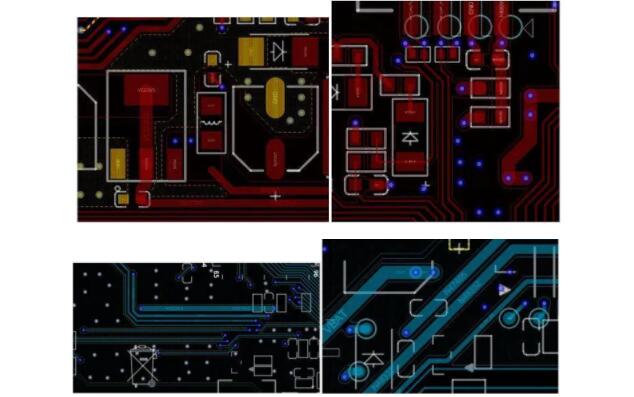The colleague completed the design of a PCB and was about to issue the board for proofing, so he organized a PCB review meeting to let the hardware colleagues participate in the discussion and give suggestions. After the review began, everyone began to discuss and express their opinions. Some proposed which line should be good and how to run it, some proposed that the device layout is not good, how to put it, and some proposed the clock line requirements. To deal with the land, some suggested that the wire is a bit thin and requires excessive current...
My PCB design advice
I took a closer look and found that there are some serious problems with the copper paving of his PCB. The copper of the ground network in many places is in the shape of a strip. Connected, there is no hole and ground connection, this PCB is a four-layer board, the top and bottom layers are components and signal layers, the second layer is the ground plane layer, and the third layer is the power plane. So as long as the hole can be punched, it can be connected to the ground plane. As shown in the figure below.

From the above picture, you can see many strips of ground, sandwiched between two wires. If you ignore these strips of land, is there any problem? In a high-speed circuit board, this kind of strip-shaped ground with one end suspended can be equivalent to an antenna, generating an antenna effect, radiating to space, and eventually the EMC test may fail.
PCB design Solution
I raised this question at the meeting and suggested optimizing these copper pavings. The optimization methods are as follows: 1. Reduce the spacing of the traces and prevent the ground from laying in. 2. Set up a prohibited area, and don't let the floor go in. 3. Increase the spacing of the traces, let the ground spread over, and connect with the ground next to it. 4. Drill a hole at the end of the strip-shaped ground down to the ground plane and connect it to the ground plane.